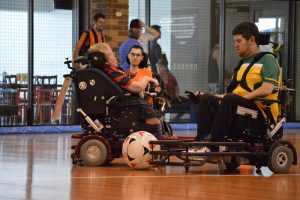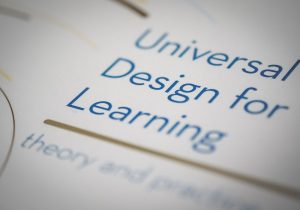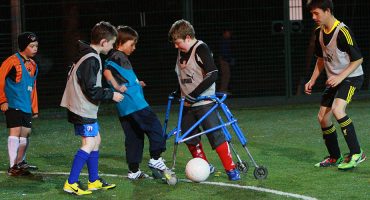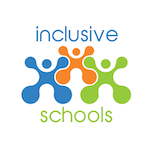Features of inclusive schools
Cheryl Jorgensen in her book The Inclusion Facilitator’s Handbook describes a truly inclusive school that welcomes and supports the needs of all students as having the following characteristics:
- Students with disabilities are members of age-appropriate regular mainstream classes.
- Students with disabilities attend the same school that they would be attending if they did not have disabilities.
- Students with disabilities progress through grade levels according to the same pattern as students without disabilities.

- Students with disabilities are not removed from mainstream classes for academic instruction.
- No places or programs in the school are reserved just for the use of students with disabilities.
- Learning materials are universally accessible to all students.
- Students with disabilities are active participants in all classroom and school routines.
- Students with disabilities participate in classroom learning activities in similar ways as do students without disabilities.
- Students with disabilities participate in school sport, plays, field trips, and community service activities.
- Schools are physically accessible to all students.
- Schools accommodate all students’ sensory concerns.
Frameworks to support quality inclusion
Universal Design for Learning (UDL) is a research-based set of principles to guide the design of learning environments that are accessible and effective for all. First articulated by CAST in the 1990s and now the leading framework in an international reform movement, UDL provides an evidence-based framework to support educators to plan, develop and deliver inclusive lessons that meet the needs of all learners.
[gview file=”https://inclusiveschools.com.au/wp-content/uploads/2017/06/updateguidelines2_0.pdf”]
What do you think?
If you were to add to the list of key features of inclusion, what would you add? Share your ideas in the comments below!




